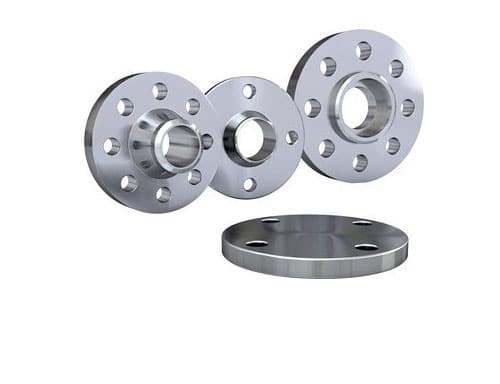SS 316 Orifice Flanges manufacturer, Stainless Steel 316 Slip On Flanges Price List, Steel 316 SORF Flanges Manufacturer, ANSI B16.5 SS 316 Flanges, Stainless Steel WERKSTOFF NR. 1.4401 Reducing Flange Exporter of SS 316 Blind Flanges exporter in Mumbai.

- Stainless Steel 316 Threaded Flange
- SS 316 Loose Flanges
- Stainless Steel 316 Flanges
- ASME SA182M Class 6000 Threaded Fittings
- ANSI B16.5 SS 316 Socket weld Flanges
- Steel Weld Neck Flanges
- Stainless Steel 316 Pipe Flanges
- SS 316 Slip on Flanges
- ASME 16.47 Series B Steel Flanges
- ASME SA182 SS 316 Flanges
- SS 316 Spectacle Blind Flanges
- Stainless Steel 316 Loose Flanges
SS 316 Lap Joint Flanges, SS 316 Long Neck Weld Flanges, ASTM A182 Stainless Steel 316 Screwed Flanges Exporter, SS 316 SORF Flanges, Stainless Steel 316 Reducing Flanges, Stainless Steel 316 Flanges, SS UNS S31600 RTJ Flanges, Steel 316 RTJ Flanges Exporter in Worldwide.
The resistance of Stainless Steel 316 Slip On Raised Flanges near the seashore will also be dependent on whether the stainless surface can be rinsed by rainfall, which will reduce the tendency for surface chlorides to concentrate by evaporation. Stainless Steel 316 Blind Raised Flanges gives higher machining rates and lower tool wear in many operations. The addition of molybdenum and slightly higher nickel content make SS 316 Weld Neck Flanges suitable for architectural applications in severe settings, from polluted marine environments to areas with sub-zero temperatures. For stress relieving, heat Stainless Steel 316 Socket Weld Flanges from 200 Degree C – 400 Degree C and then air cool. This is usually sufficient for identification differentiation and verification of SS 316 Threaded Flanges, where the 1542 Degree C includes a metal sample to be used as a testing reference. Stainless Steel 316 Lap Joint Flanges are well suited for fabricated or formed applications.


